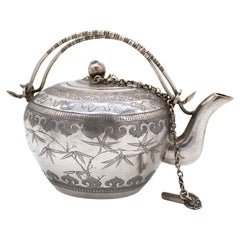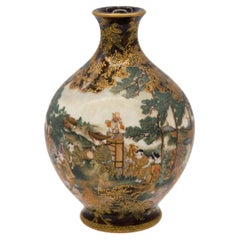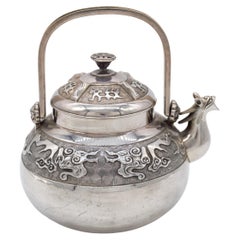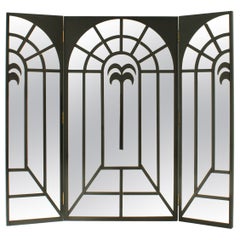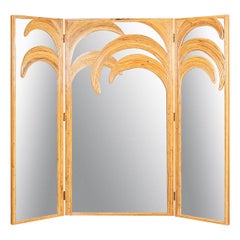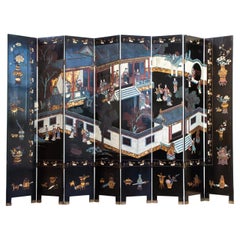Middle East - Asian Art and Furniture
Early 20th Century Chinese Chinese Export Middle East - Asian Art and Furniture
Silver
1890s Japanese Meiji Antique Middle East - Asian Art and Furniture
Gold
2010s Lebanese Modern Middle East - Asian Art and Furniture
Marble, Metal, Brass
1890s Japanese Antique Middle East - Asian Art and Furniture
Silver
1970s Italian Modern Vintage Middle East - Asian Art and Furniture
Mirror, Wood
20th Century Italian Middle East - Asian Art and Furniture
Bamboo, Mirror
1930s French Romantic Vintage Middle East - Asian Art and Furniture
Mirror
1970s Italian Mid-Century Modern Vintage Middle East - Asian Art and Furniture
Bamboo, Mirror, Wood
1970s Italian Vintage Middle East - Asian Art and Furniture
Bamboo, Rattan, Mirror
1980s American Mid-Century Modern Vintage Middle East - Asian Art and Furniture
Metal
Early 20th Century Japanese Meiji Middle East - Asian Art and Furniture
Copper
Early 1900s Japanese Meiji Antique Middle East - Asian Art and Furniture
Earthenware, Pottery
19th Century Japanese Antique Middle East - Asian Art and Furniture
Ceramic, Porcelain
1970s American Mid-Century Modern Vintage Middle East - Asian Art and Furniture
Mirror
Late 19th Century Japanese Meiji Antique Middle East - Asian Art and Furniture
Ceramic, Earthenware, Pottery
Early 20th Century French Middle East - Asian Art and Furniture
Mirror
Late 19th Century Chinese Qing Antique Middle East - Asian Art and Furniture
Wood, Lacquer
Read More
Symbols of Happiness and Rebirth Adorn This Japanese Satsuma Bowl
Decorated with white cranes and the sought-after thousand-butterflies motif, the Meiji-period vessel offers both a celebration of traditional aesthetics and a clear reflection of the era’s appetite for exquisite export pieces.
Chicago’s Pagoda Red Has a Spirited Mix of Asian Antiques and Bold New Art
For 25 years, gallerist Betsy Nathan has leveraged her keen eye and key connections to bring a unique selection of rare finds to the market.
In L.A., Gallerist JF Chen Has Long Championed Eclectic Blue-Chip Design
Now working alongside his daughter Bianca, dealer Joel Chen has presented a most covetable array of antiques, art and contemporary creations for more than 40 years.
12 Calming Spaces Inspired by Japanese Design
From cherry-blossom-adorned walls paired with glamorous lighting to wood-paneled ceilings above checkerboard-patterned chairs, these 12 spaces seamlessly blend Eastern and Western aesthetics.
Rodrigo Rivero Lake’s Mexico City Showroom Is a Museum-Worthy Trove of Spanish Colonial and Asian Antiques
The dealer and curator has spent the past 50 years amassing a collection of exceptional art, furniture and architectural elements that trace the cultural influence of the Spanish empire from Europe to the Americas and beyond.
16 Refined Asian-Inspired Interiors
These spaces exemplify how Eastern elements elevate a home's decor.
